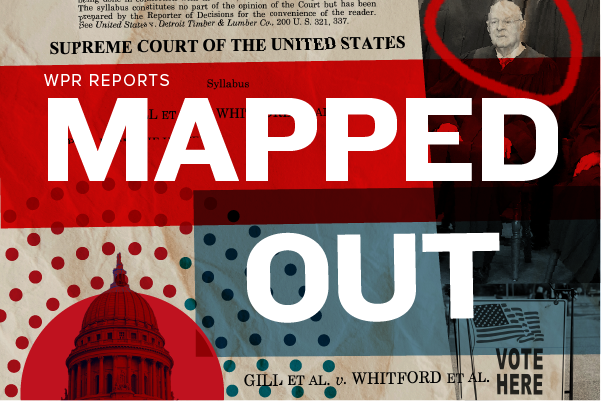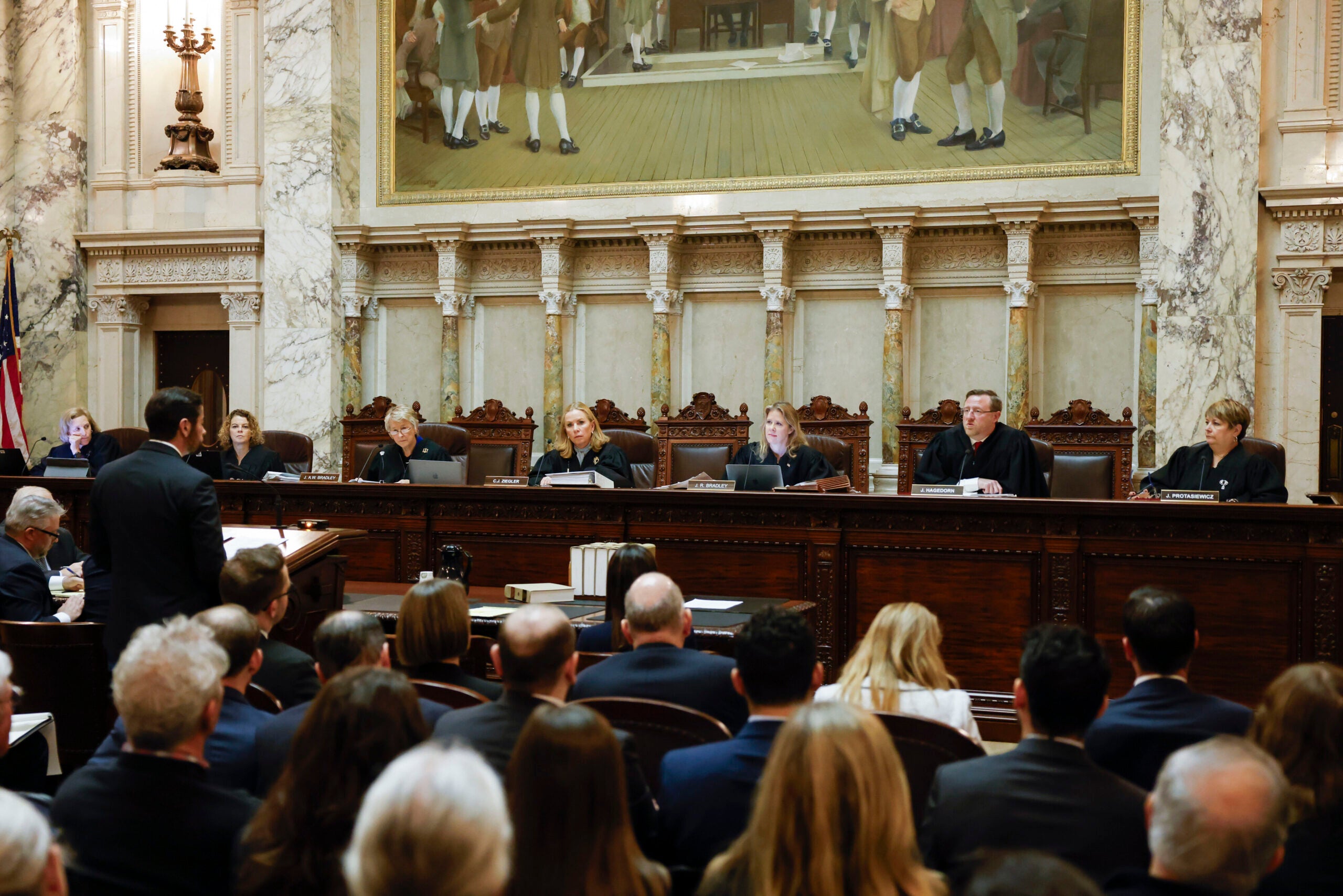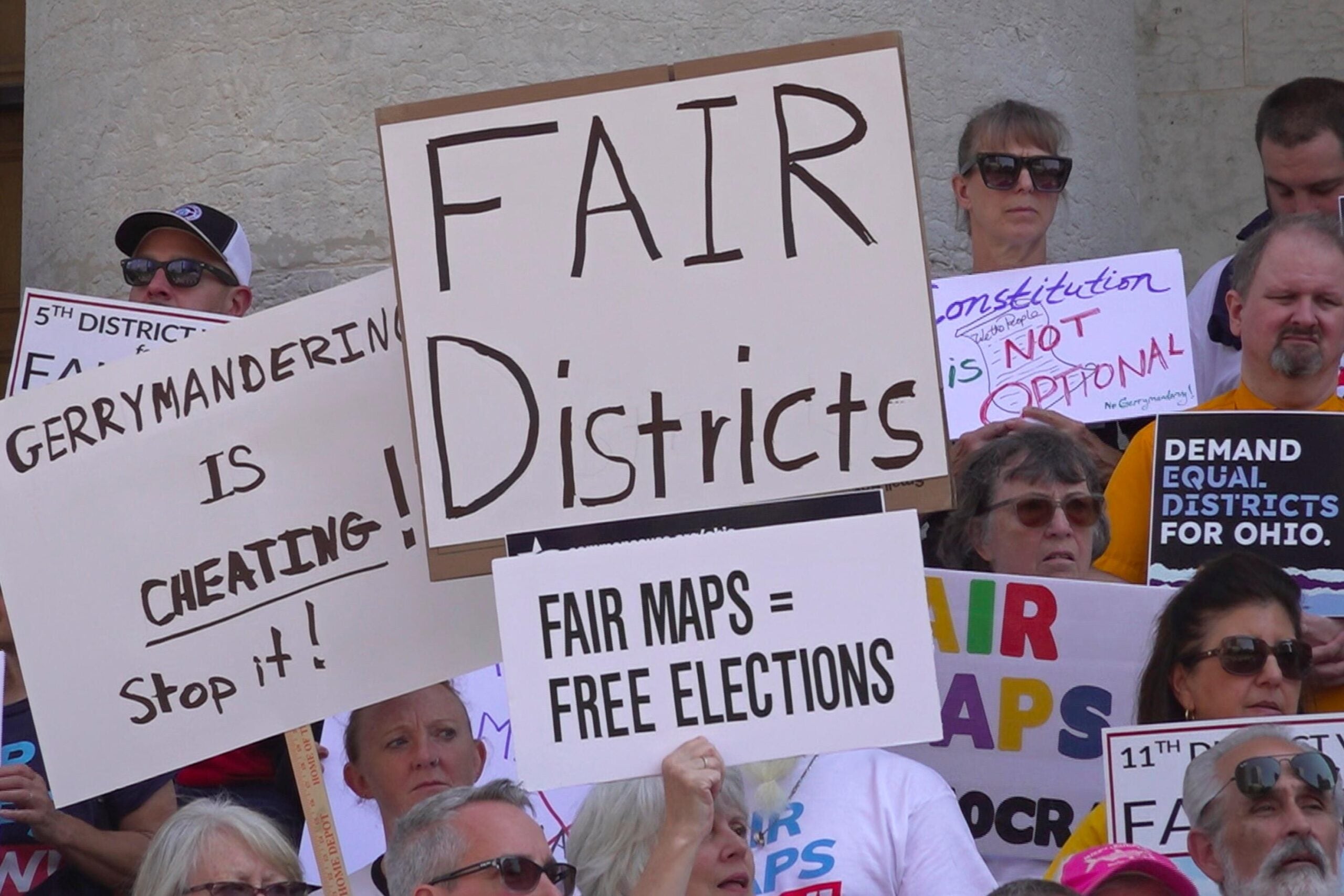Elections are quickly approaching, but Wisconsin voters still do not know which legislative districts they’ll be voting in.
With the Wisconsin Supreme Court’s overturn of Republican-drawn maps, state legislators are running to the drawing board.
WPR reporter Rich Kremer unpacked what is happening in the court and at the Wisconsin State Capitol with WPR’s “Morning Edition” host Alex Crowe.
News with a little more humanity
WPR’s “Wisconsin Today” newsletter keeps you connected to the state you love without feeling overwhelmed. No paywall. No agenda. No corporate filter.
This interview was edited for brevity and clarity.
Alex Crowe: Can we start with a quick recap of the Wisconsin Supreme Court’s ruling that overturned those current GOP drawn legislative districts? Can you remind us who brought this suit and what the ruling was?
Rich Kremer: Absolutely. The lawsuit was filed by a group of Democratic voters from around Wisconsin — they’re now referred to as the Clark Petitioners. They argued that the current GOP maps are extreme partisan gerrymanders because they give Democratic voters an unequal opportunity to elect their preferred candidate.
The Wisconsin Supreme Court’s 4-3 liberal majority decided not to rule on whether the current maps are gerrymandered. But late last month, the court struck them down as unconstitutional because dozens of districts weren’t contiguous — meaning parts of some districts were located inside others.
The majority said the GOP-controlled legislature and Democratic Gov. Tony Evers should pass new maps, but if they can’t agree, the court will adopt new maps itself.
AC: So the parties (to this case) recently had to submit those proposed maps that you talked about. How many maps were submitted? Did any of them stand out as different from the others?
RK: There are six sets of new maps before the court submitted by parties in the lawsuit. They include analysis provided by redistricting experts hired by these parties. The maps have to comply with traditional redistricting requirements, like compactness and equal population.
But the court also said it’s going to consider a partisan impact. There are a lot of ways to measure partisan impact and you can get different results by using different data from past elections.
A Marquette University Law School researcher compared proposed maps using the 2022 fall election. He found that Republicans current majorities in the state Assembly and state Senate would decrease in almost every case.

AC: The Wisconsin legislature recently tried to approve their own maps. They said they were based on Gov. Evers’ maps, but he’s still vowed to veto them. Can you tell us what happened there?
RK: The maps that Republicans passed during a 24-hour period last week, they’re based on Evers submitted to the court. But GOP lawmakers changed them to limit the number of Republican incumbents who would be drawn into districts with fellow Republicans. Essentially, they’re trying to limit the number of GOP lawmakers who would either have to move or face primaries against their Republican colleagues.
Republican Assembly Speaker Robin Vos accused Evers of targeting the GOP. Evers says the Republican maps with their changes are not his maps, and he will not support them.
AC: So where does that leave us in terms of where these districts are going to be for the election, Rich? Because obviously, the election season is pretty much upon us. Are we going to have some new maps put in place by the Supreme Court? When do those maps have to be in place?
RK: If the governor does veto the maps that were passed by Republicans last week, then it’s time to start watching the court very closely. The court has hired two nationally known redistricting experts to essentially score the map proposals. If they find that none of those proposed maps comply with the court’s requirements, they could draw their own.
Ultimately, the courts liberal majority will decide which maps go into effect. The court doesn’t have a specific day when the new maps must be in place. But in its majority opinion, it noted that the 2024 elections, specifically the fall primary and the fall general election — they’re fast approaching.
Candidates begin circulating nomination papers April 15 to collect signatures needed to get on the ballot. So new maps would have to be in place before then.
This redistricting lawsuit really is happening fast and furious. So whatever happens, we can expect it within the next few months.
For more information on how Wisconsin’s current legislative maps were created, you can check out “WPR Reports: Mapped Out“.

Wisconsin Public Radio, © Copyright 2026, Board of Regents of the University of Wisconsin System and Wisconsin Educational Communications Board.





